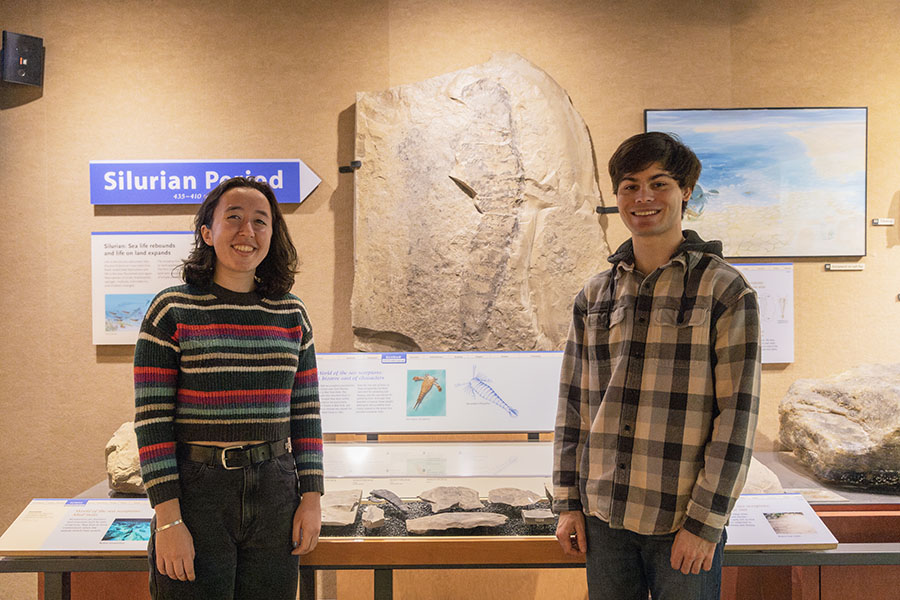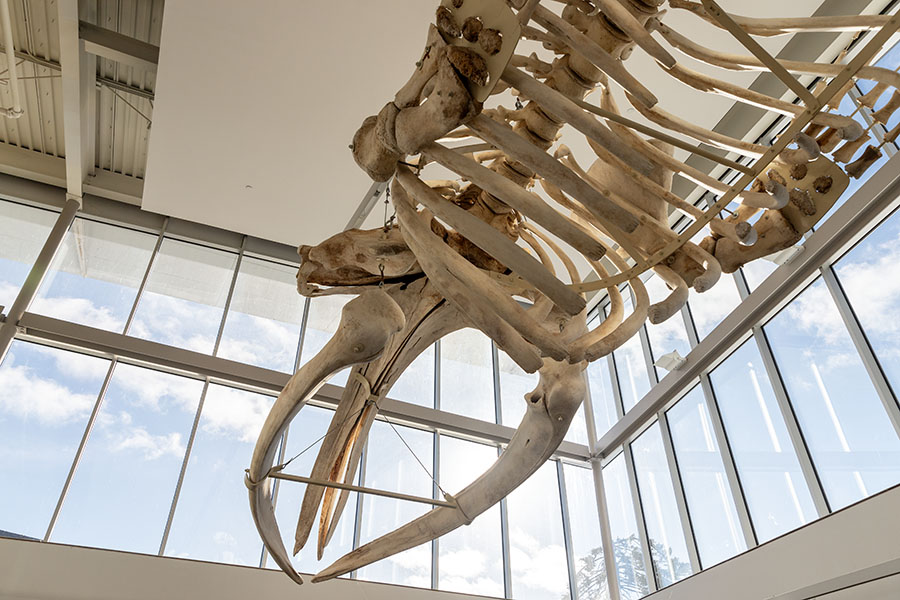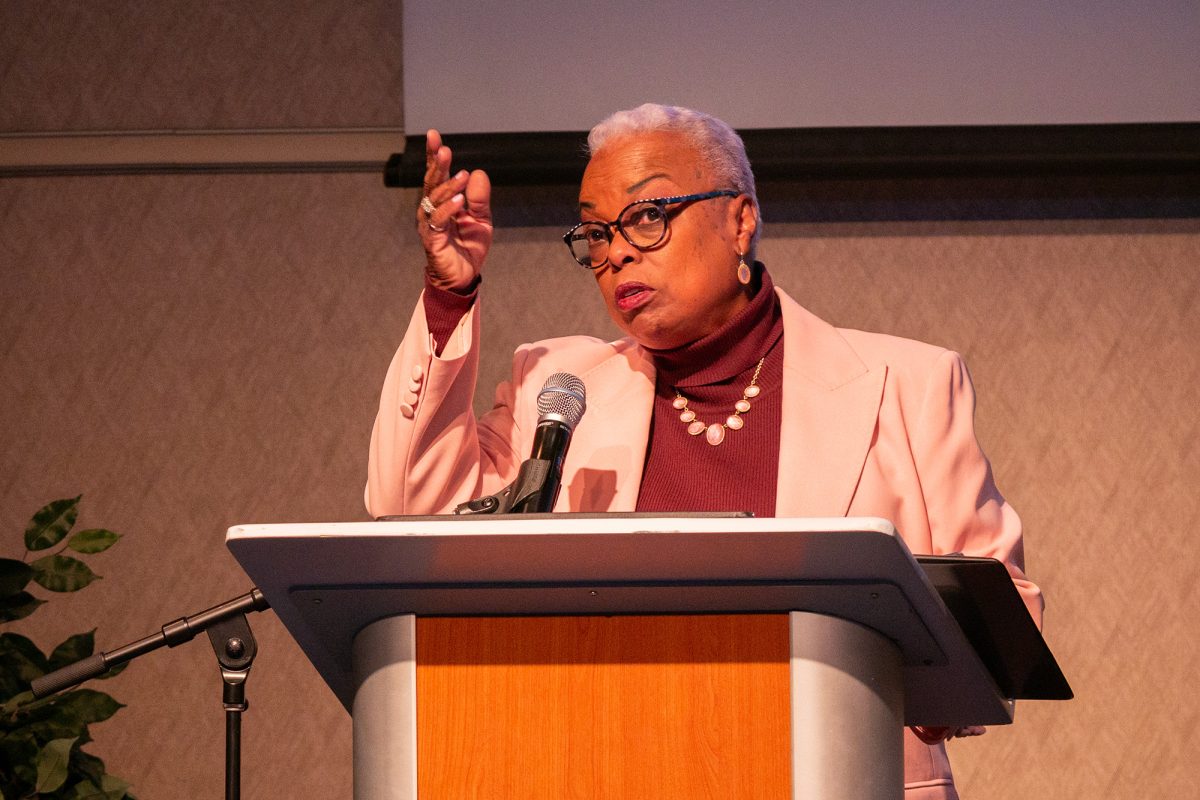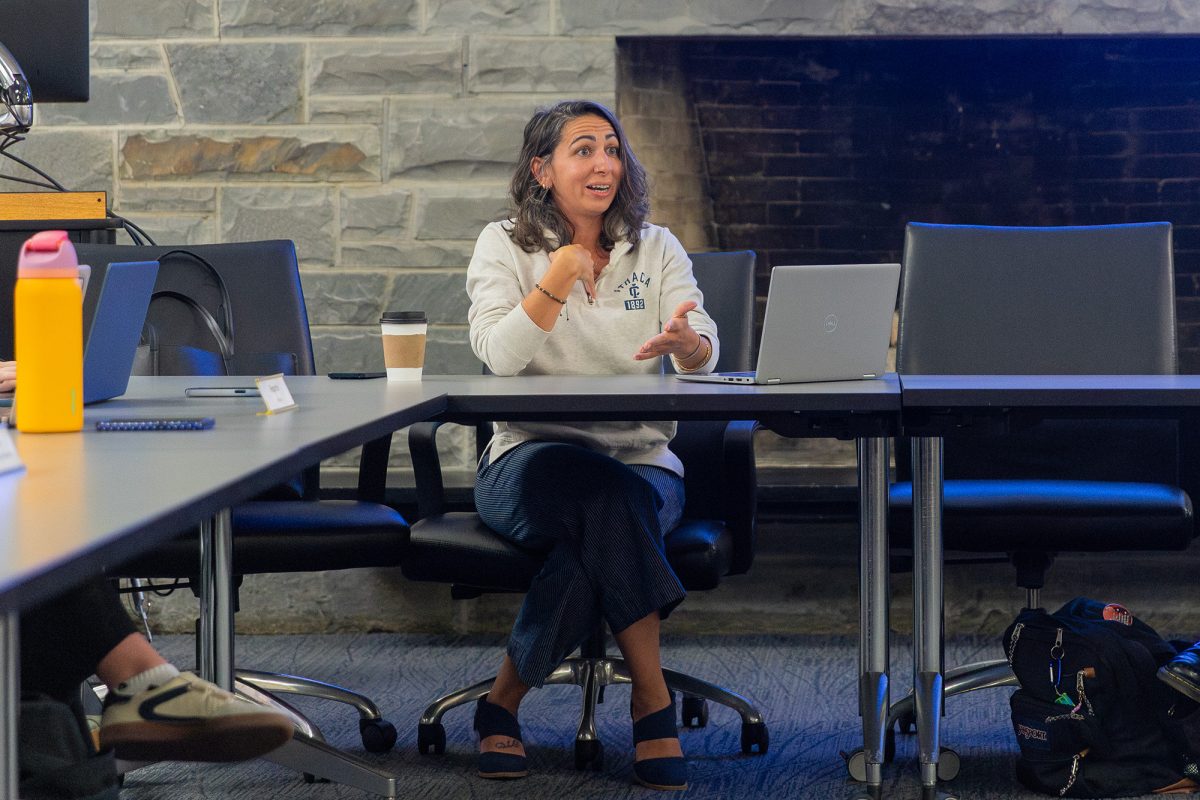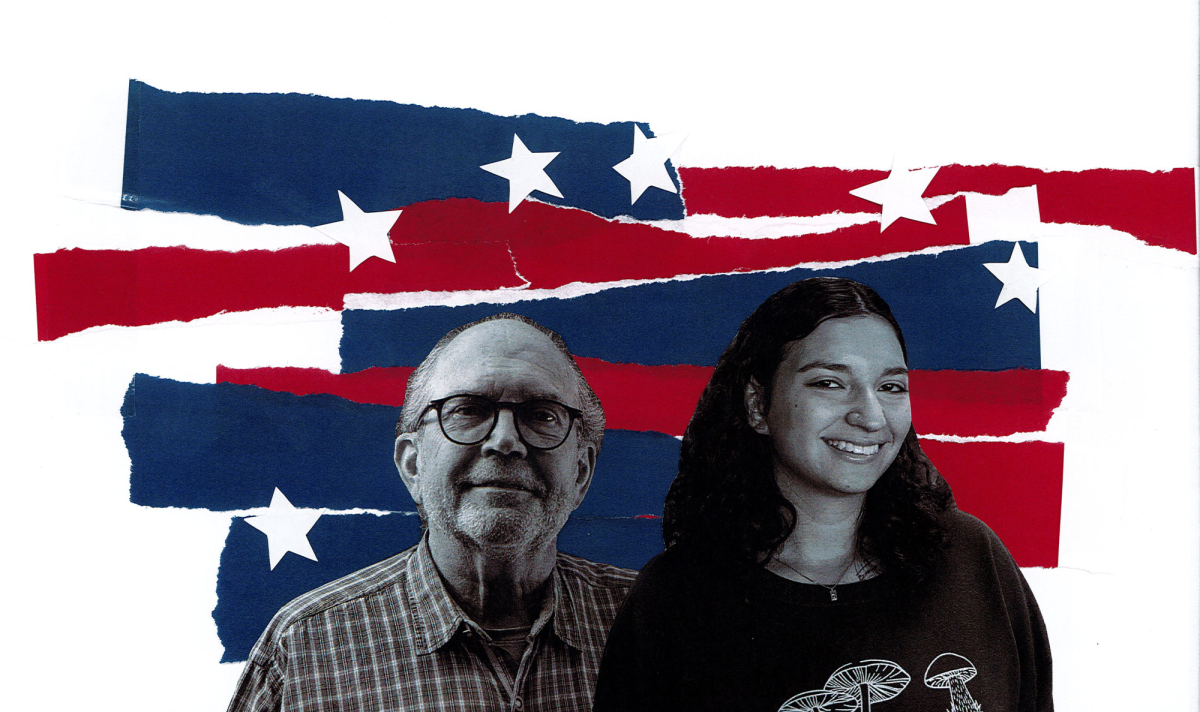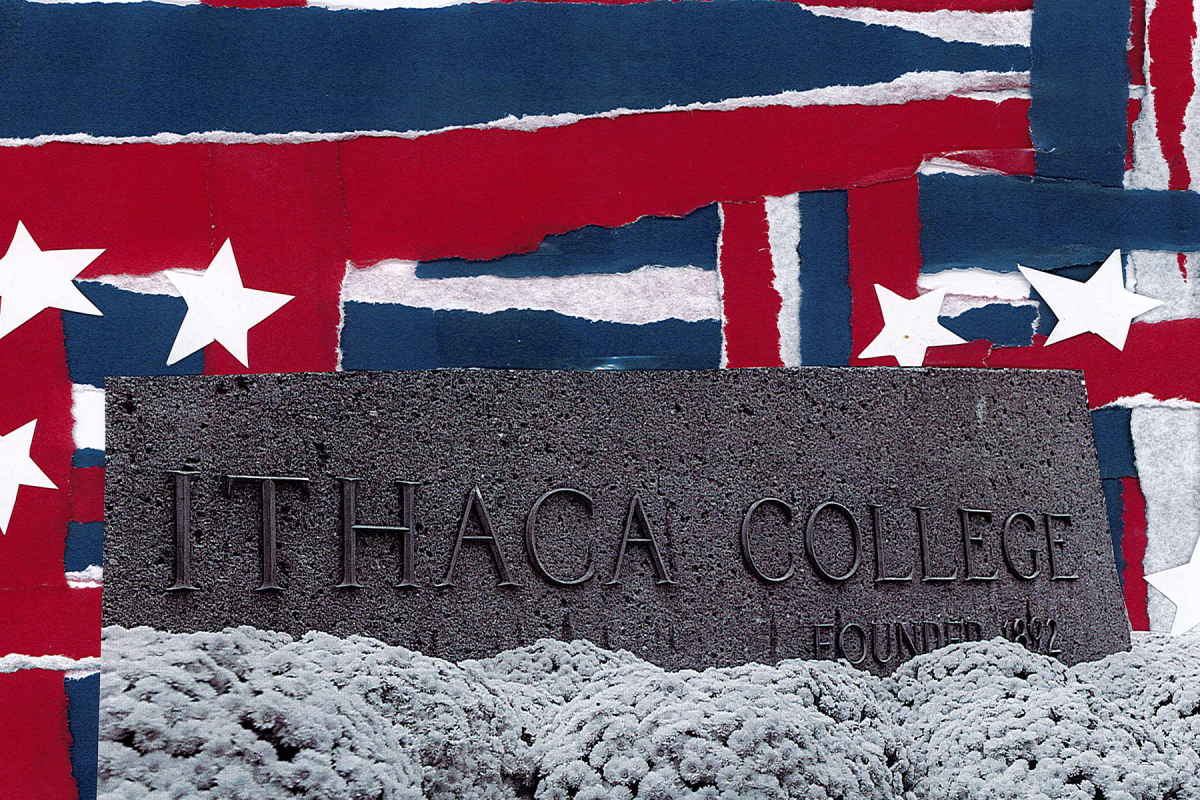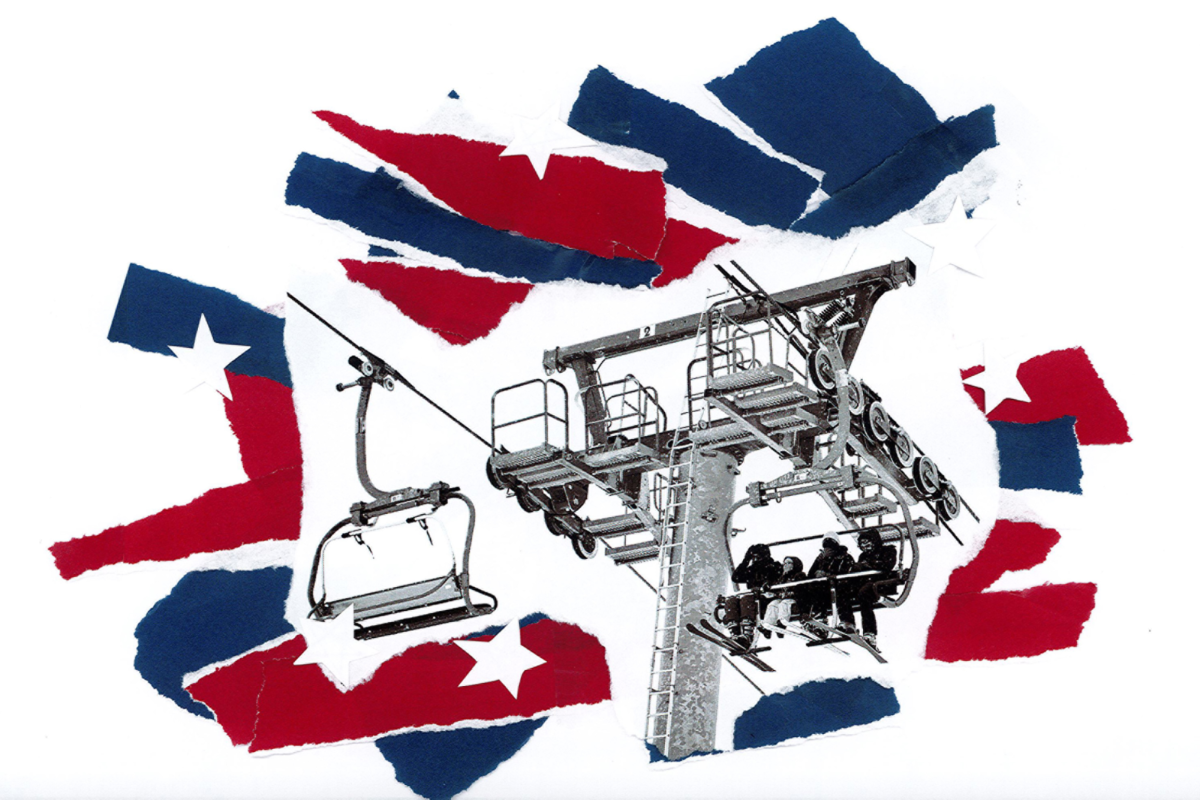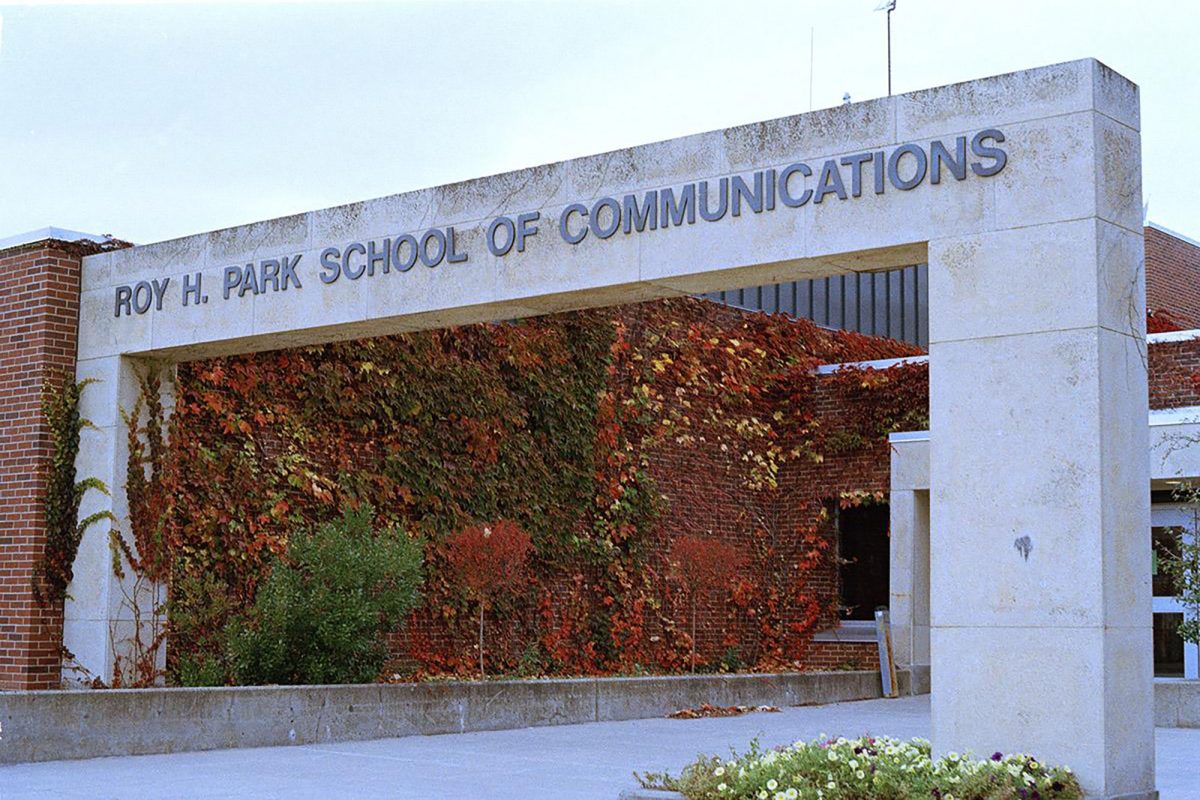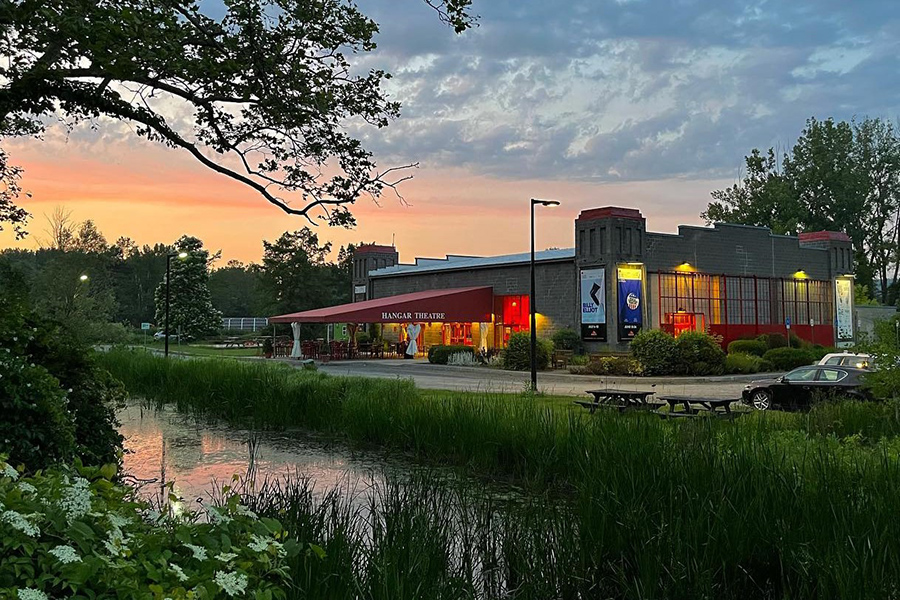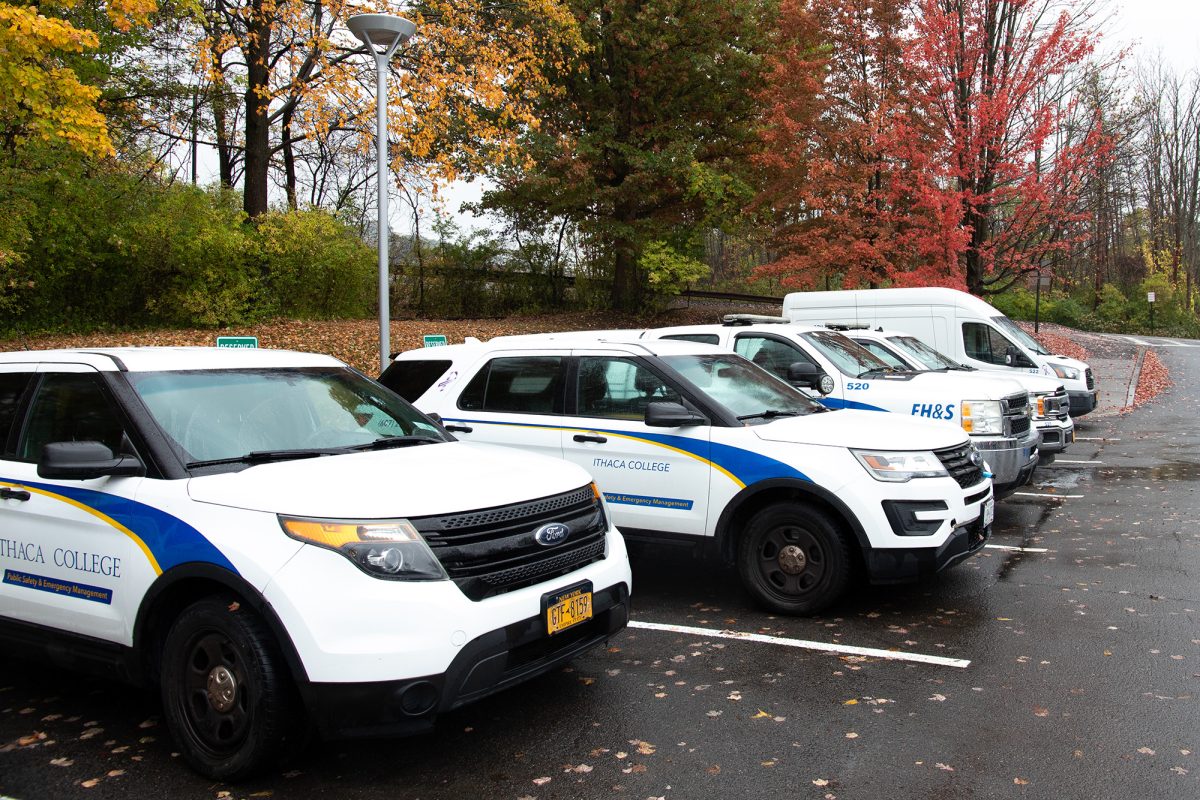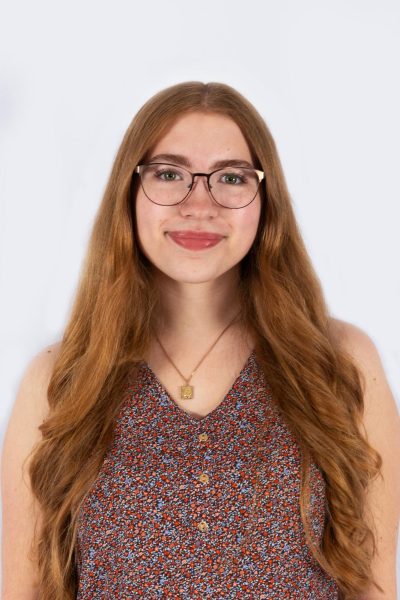The Paleontological Research Institution and its connected locations — the Museum of the Earth and the Cayuga Nature Center — are at risk of shutting down after the institution’s donors, who have not been revealed publicly, did not fulfill a large donation. In an effort to save the museum, Cornell University students, senior Emily Cavanaugh and doctoral candidate William Hooker started a petition and letter-writing campaign to gather support for the museum to get the attention of prospective donors.
The PRI has been building its platform since its founding by Cornell alum Gilbert Harris in 1932. Harris created the PRI because he wanted to have a space to publish his paleontological journals and store his fossil
collections. It has since expanded to house over 7 million fossils. The PRI was not officially affiliated with Cornell until Nov. 20, 2004, when the PRI and Cornell signed an agreement of formal affiliation. Even with the affiliation, PRI remains an independent nonprofit organization.
Warren D. Allmon, director of the PRI since 1992, said the donors made pledges of over $30 million, but stopped giving money in late 2023. Allmon said the PRI has received community support since it first lost its consistent donation, but it still needs a large amount of donations to stay afloat.
“The donor was giving us more than $1 million a year, and it just disappeared,” Allmon said. “Every dollar has helped us enormously to keep the museum open and keep functioning the way our audiences want us to.”
Petition to save the Museum of the Earth
The Museum of the Earth is a public museum located on 1259 Trumansburg Road in Ithaca. After it was created in 2003, the museum has continued to expand its exhibits and add more art to the building. The mu
seum’s exhibits showcase prehistoric life through murals and fossil displays that take guests on a chronological journey from the big bang to climate change’s impact on the future. The museum also serves a dual purpose as a community science education center and a research hub for college students.
Cavanaugh and Hooker started a petition to save the museum Jan. 20, and as of Feb. 5, the petition has received 3,817 signatures. Cavanaugh said she and Hooker reached out to as many people as they could through their networks at the Pangea Club and Cornell.
“We knew everything that was going on for the museum and we were just really upset by it,” Cavanaugh said. “We started a letter-writing campaign because we knew that that was a concrete way that could make changes. … Not everyone has the time or the access to write a letter, so we thought that a petition would be a really effective way to get people involved without a lot of effort.”
Cavanaugh and Hooker have used the PRI to further their research in their respective f
ields. Cavanaugh is working on her senior thesis about trilobites, which she started because of her experiences with the PRI. As an entomology major, Cavanaugh said she did not expect to get as invested in paleontology, but after taking Evolutionary Biology and working with Allmon, she was hooked.
“I grew up visiting museums my entire life and it made me want to be a scientist,” Cavanaugh said. “I want other kids and people in the community to have that opportunity. … [The Museum of the Earth] changes how people think and it ultimately can make someone change career paths completely. … I’m really excited for what my future holds and it’s because of the resources and the support that the PRI gave me.”
Hooker is in his first year of pursuing a doctoral degree in geological sciences. He said he originally transferred to Cornell in his sophomore year of undergrad. Before he committed to Cornell, Hooker said he learned about the museum from Allmon and thought it was a cool place.
“What really attracted me to transferring to Cornell was the Museum of the Earth,” Hooker said. “There are labs and all sorts of opportunities for research, too. … That really resonated with me so I ended up comi
ng here and got super involved with the museum.”
Online educational resources
In addition to the local spaces in Ithaca, the PRI has a global reach because of its online scientific resources. Amanda Schmitt Piha, associate director for philanthropy and communications at the PRI, said many teachers were concerned about how outdated their textbooks were, so the PRI made the books widely accessible and free to anyone who needs it.
“We’re really determined to help educate the educators,” Schmitt Piha said. “The educators of the world have a lot of power to educate the next generation of learners and the next generation of explorers. So, [we are] making sure that they have up to date scientific resources.”
Jansen Smith, assistant professor at the University of Minnesota Duluth, has been collaborating with Cavanaugh and Hooker on their efforts. Smith got a doctorate degree from the Department of Earth and Atmospheric Sciences at Cornell in Spring 2018 and was a guest lecturer at Ithaca College from 2018 to 2019.
Smith said that climate change education helps create an informed citizen base which will impact what people buy and what decisions they make in their daily lives.
“Climate change is impacting you every day whether you notice or not,” Smith said. “And until somebody helps you see that, you might not appreciate it or understand what the big deal is. [The museum] really fill
s this critical need in society to give people information, so that they can make an informed decision.”
The Cayuga Nature Center
In addition to the museum’s closure, the Cayuga Nature Center has been impacted by this financial loss. The center became part of the PRI in 2013, but has been hosting summer camps independently since the 1980s. Ithaca College sophomore Allison Lewis, a camp counselor at the Cayuga Nature Center, said she received an email Jan. 21 that informed her of the center’s changes. The email wrote that the summer camp would not be held in the summer of 2025 and that the remaining animals at the center will be rehoused.
“It is all really sad,” Lewis said. “Growing up here, my field trips were to the museum and the nature center. A piece of my childhood won’t be around anymore. … This really impacts a lot of people.”
While the camp and the Nature Center Lodge building are closed, Allmon said community members can still enjoy the nature trails, the Smith Woods old-growth forest and the TreeTops treehouse.
“There are deed restrictions on the property so [people] can’t put houses there or anything nasty like that,” Allmon said. “So the nature center property will continue to have educational and recreational purposes and Smith Woods will be preserved.”
Next steps for the PRI
Allmon said the next step to achieve long-term stability for the PRI is to find another organization or donor to partner with. Until then, Allmon said the short-term goal is to get enough money to pay off their $3 million mortgage.
“What we need is breathing room to retire that mortgage and to have these partnerships figured out,” Allmon said. “And that means time. That means that donations of any size — even $5 — are important, and that’s why the last three weeks have been so heartening in a way. Emily and Will have been amazing.”
In the worst case scenario, Allmon said the PRI has a disaster plan in place to protect the fossil collections. He said the online content will also slow down, except for the climate change educational services because the PRI climate team receives grant funding.
“Nonprofits go broke all the time,” Allmon said. “The problem is that we can’t just close the door and walk away. We have an ethical responsibility to safeguard the collection. We have a very complicated plan –– which, like all disaster plans, we hope we never have to use –– and the collection will go somewhere. There’s probably no one place in the country that can absorb a collection of this size.”
It is uncertain how long the museum will remain open and what the future of the PRI looks like. Hooker said that despite the museum’s financial challenges, it is still committed to remaining affordable for visitors.
“[The museum] is just a fun way to spend your weekend,” Hooker said. “So, if yo
u’re excited to see something cool, it’s just a way to use your imagination to imagine things that used to be. No matter what your career is or what your intended path is, [the museum] teaches you to think critically and to question the world around you.”


